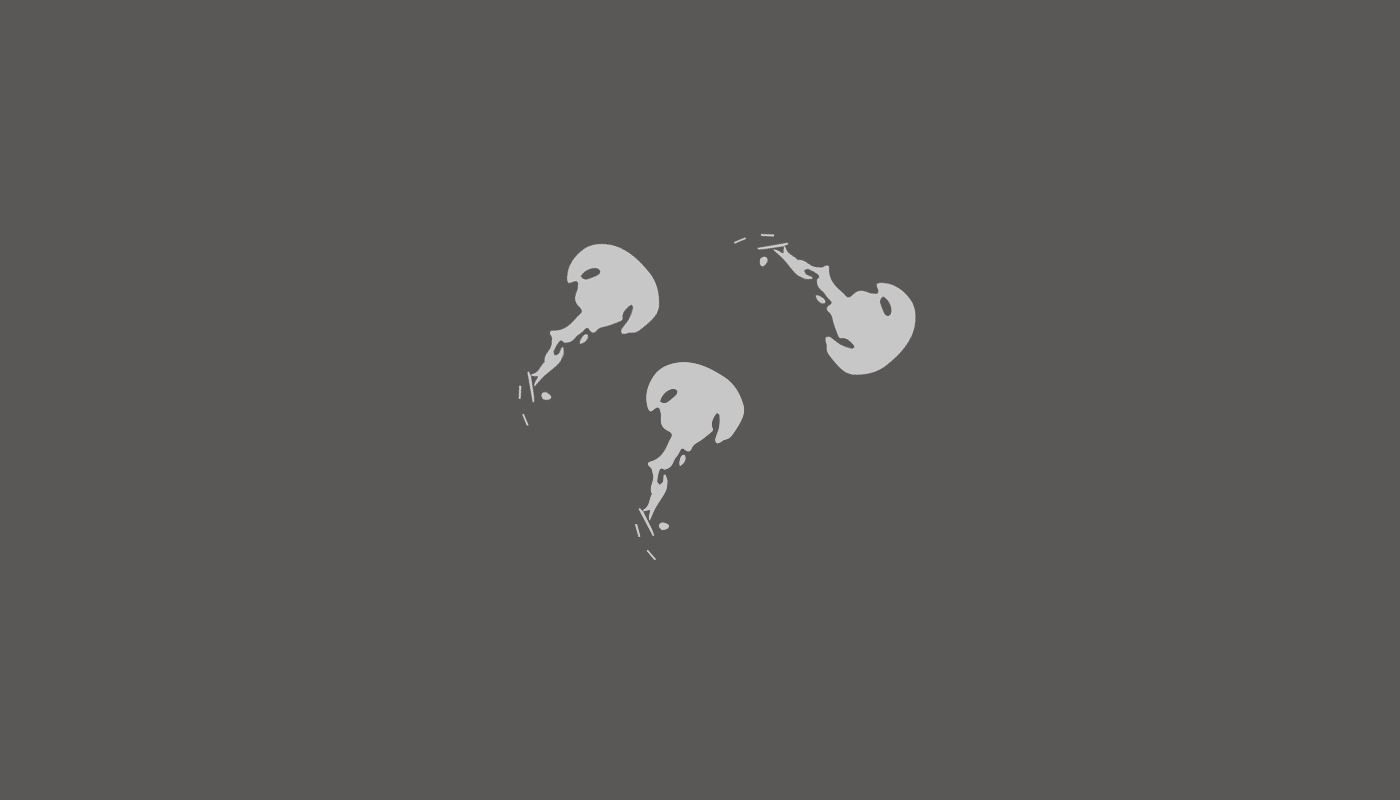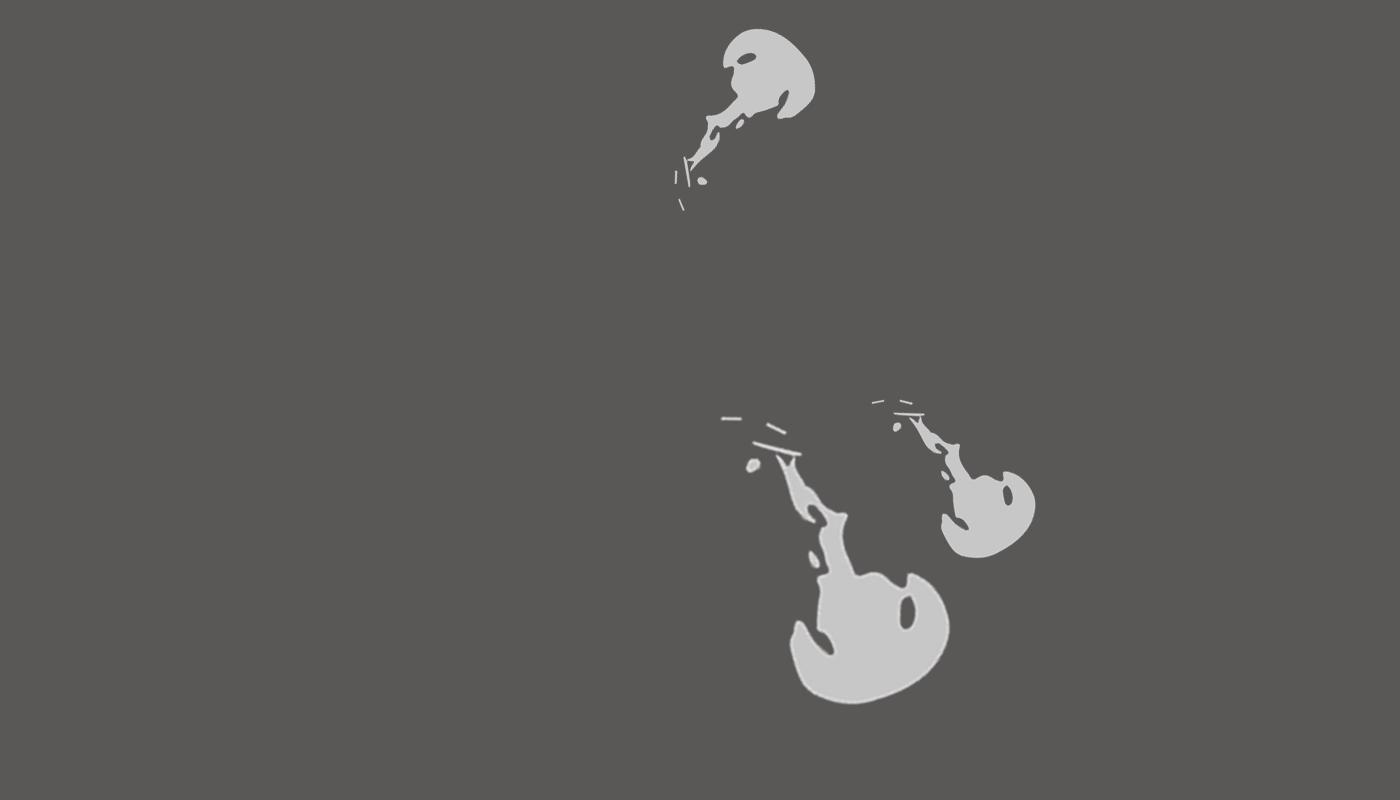Your Custom Text Here
INTERACTIVE ART
The good stuff
PROBLEM:
Make a sound-driven animation that is comprised of 12 frames.
SOLUTION:
Jellyfish move with the movement of the war. Blow into the computer to watch the jellyfish scatter.
PROCESS:
Using Processing, I made a short animation of 12 frames that is controlled by the volume of the microphone. I loaded the images into an array and mapped the volume to the position of the image. When the volume increases, the fish swim faster and further away; when the volume dies down, the fish move closer together.
OUTCOME:
PROBLEM:
Make an interactive artwork honoring the Fence, a physical fence and cultural icon at Carnegie Mellon University. The Fence is in the Guinness Book of World Records for the fence with the most layers of paint on it. The artwork must use a projector, 3D space, and motion graphic libraries in Processing.
SOLUTION:
A night-time projection around the Fence, gathering multiple people around it to "face paint," or digitally paint the fence with their faces.
PROCESS:
The first version of the project was to test the concept. We replaced the cursor with a paintbrush icon, and we asked the user to move the cursor with the mouse to drawn on the screen with a given color. By pressing the spacebar, one could randomly generate the color of the paint and use this color to paint on top of what had already been drawn. I did this by appending each RGB value in the array with a new value, and asking the program to call on all the stored colors and draw them each time. This all worked.
Skills employed:
- Interactive art (image, sound, sensors, facial recognition)
- Processing
- Arduino (not featured here)
- Max (not featured here)
- Adobe Photoshop
The second version of the project was to make it interactive. We measured the height and width of the fence, and the hollow gaps in between. We used the minim and fiasco files to activate facial tracking and sound recognition. We flipped the webcam to be more intuitive for projection onto the physical fence. Rectangles would appear at the location of your face, and you could begin to "facepaint" in one or multiple colors, smearing the color across the source. Volume would change the color of the painted rectangles and the falling "paint drops." With no activity, the facially-based rectangles would disappear, and the paint drops will turn into one color.
OUTCOME:
We had a nice turnout despite the hour. See the results on Vimeo.
This work was done for Electronic Media Studio: Interactivity, Fall 2014 at Carnegie Mellon University. The first project was done solo; the second with my partners-in-crime, art students Ida Chow and Madeleine Finn.




